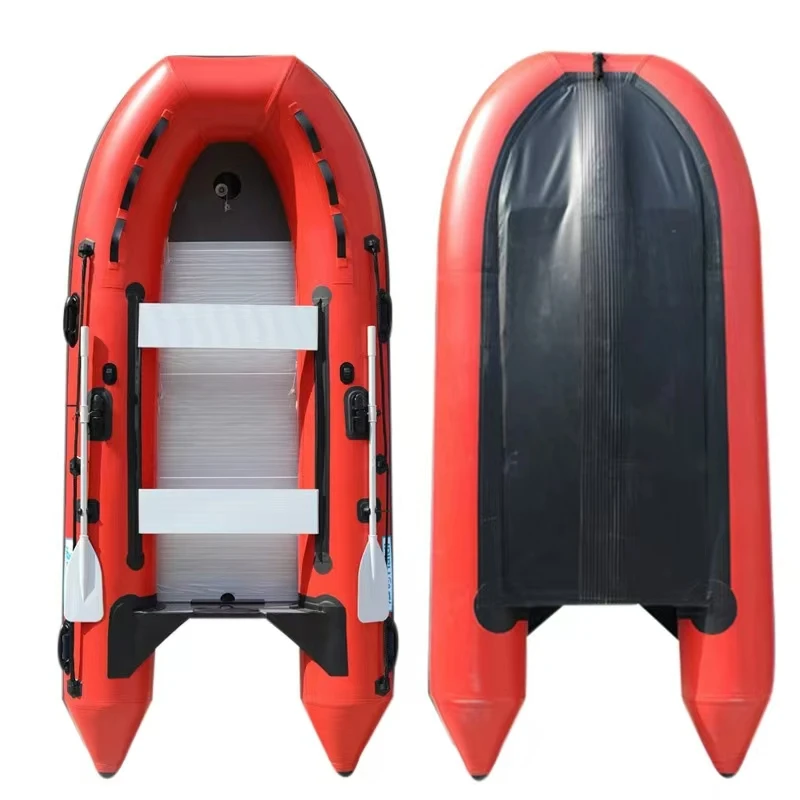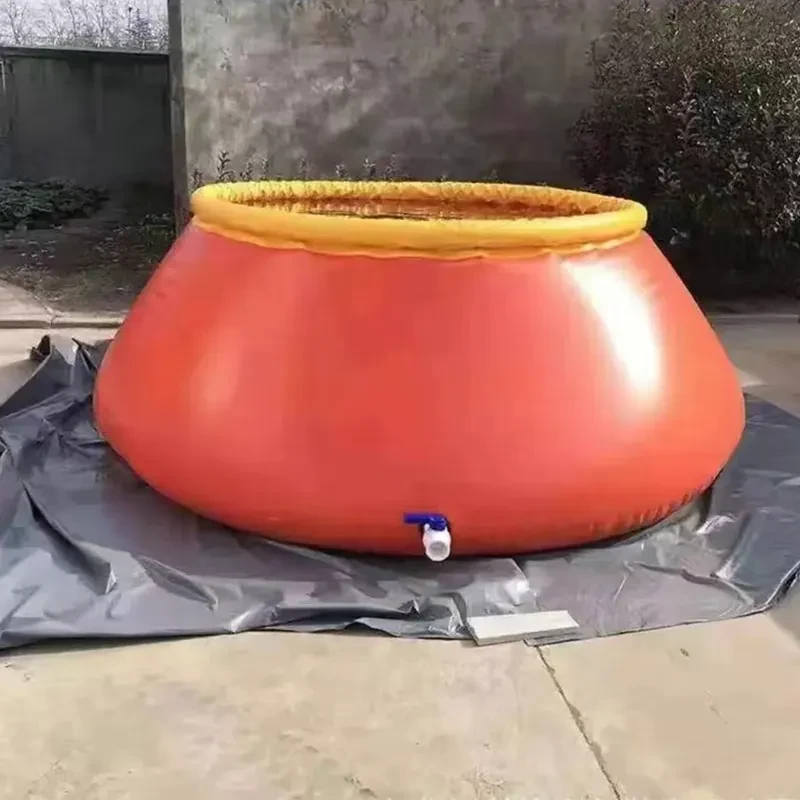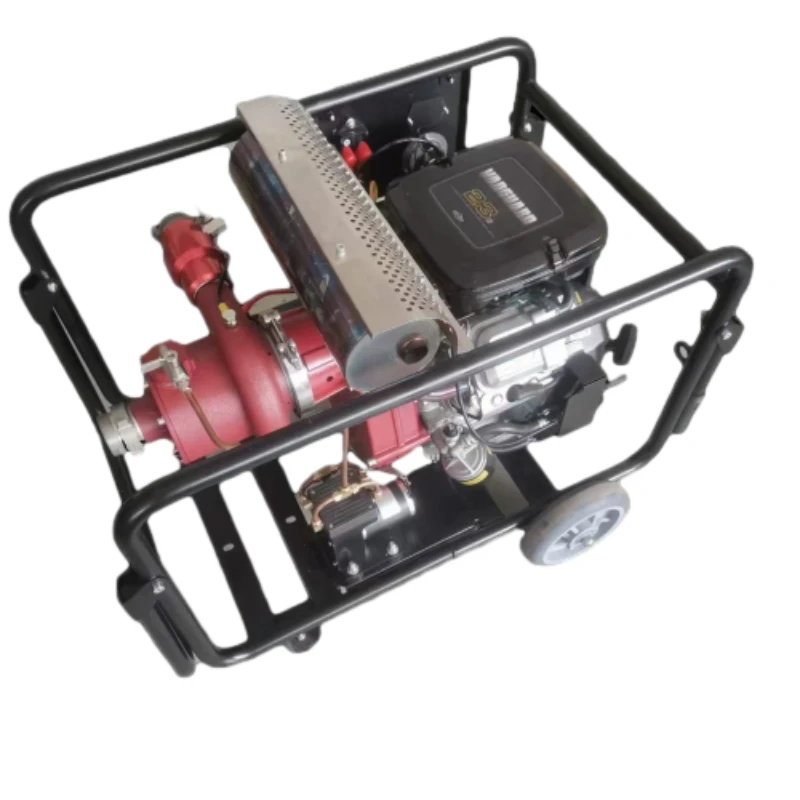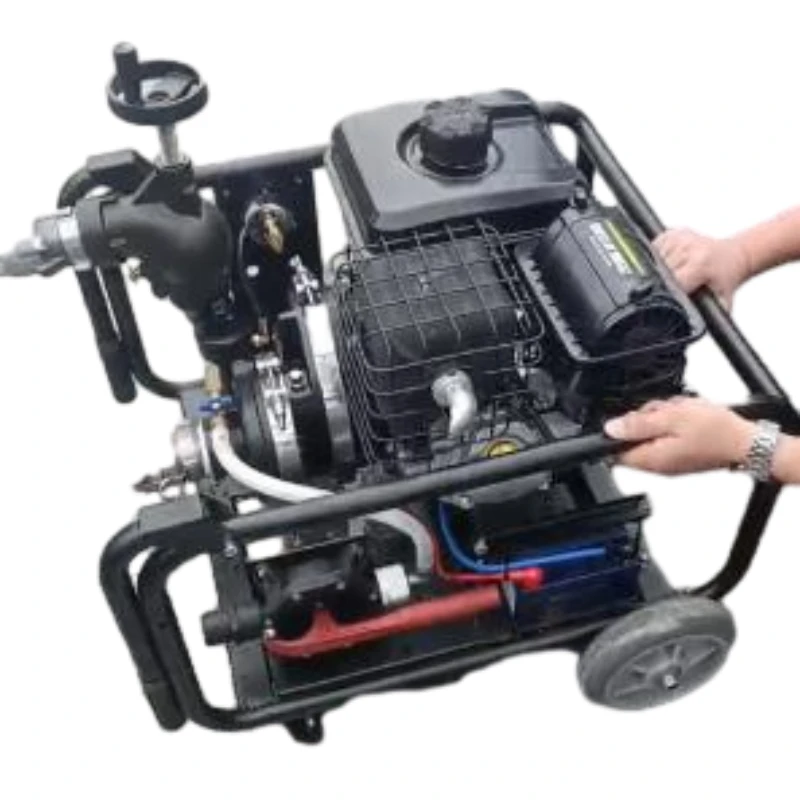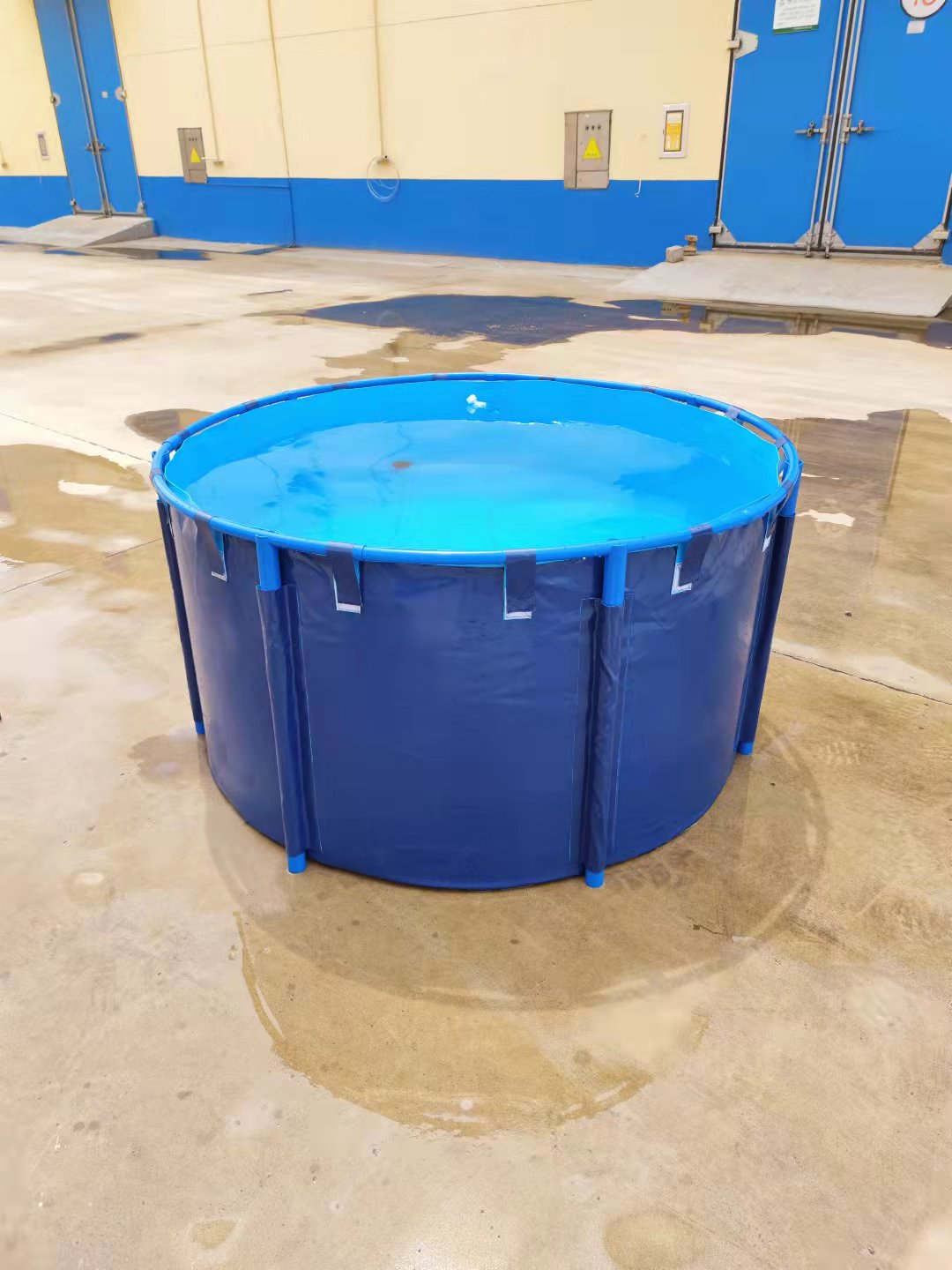Access to clean, safe water is a fundamental need in both everyday life and emergency scenarios. As populations grow and environmental challenges intensify, innovative solutions for water storage and distribution have become critical. Among these solutions, potable water bladder tanks stand out as a versatile, efficient, and reliable option. These systems are designed to store and transport drinking water safely, making them indispensable in industries ranging from disaster relief to agriculture. This article explores the key advantages of potable water bladder tanks, focusing on four specialized applications: mobile water tanks for sale, portable water tank fire fighting, and portable water storage bladder systems. By understanding their unique benefits, organizations can make informed decisions about integrating these solutions into their operations.
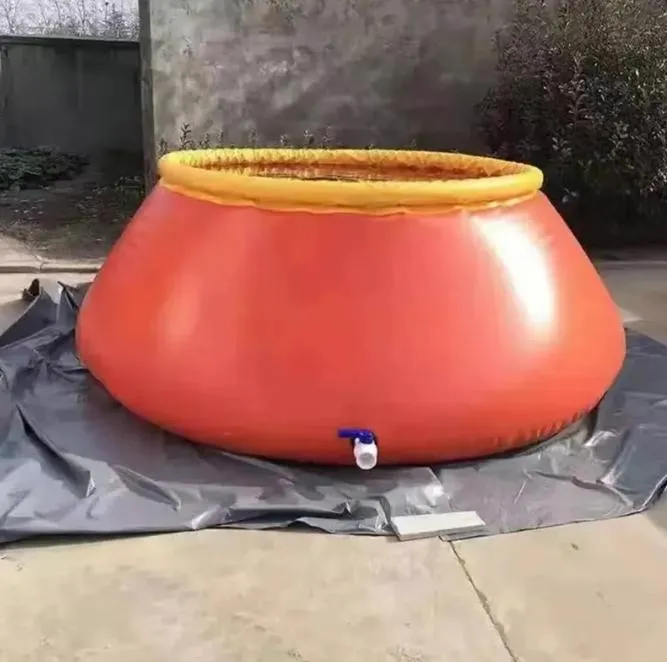
Mobile Water Tanks for Sale: Versatile Solutions for Diverse Needs
Mobile water tanks for sale are engineered to meet the demands of dynamic environments where stationary water storage is impractical. These tanks, often constructed from flexible yet durable materials like reinforced polyethylene or PVC, can be transported easily to remote locations, construction sites, or temporary events. Their mobility ensures that clean water is accessible wherever it’s needed, reducing reliance on fixed infrastructure.
One of the standout features of mobile water tanks is their scalability. Available in capacities ranging from 500 to 50,000 gallons, they can be tailored to specific requirements. For instance, agricultural operations might use smaller tanks for irrigation in shifting fields, while disaster response teams deploy larger units to establish emergency water supply points. The collapsible design of many mobile water tanks also simplifies storage when not in use, minimizing logistical challenges.
Additionally, these tanks are designed for rapid deployment. Equipped with fittings compatible with standard pumps and hoses, they integrate seamlessly into existing water distribution systems. This adaptability makes them ideal for industries like mining, where water access points frequently change, or for municipalities managing seasonal tourism surges. By investing in mobile water tanks for sale, organizations enhance their operational flexibility while ensuring consistent access to potable water.
Potable Water Bladder Tank: Safe and Efficient Water Storage
When it comes to storing drinking water, safety and efficiency are non-negotiable. Potable water bladder tanks excel in both areas, thanks to their FDA-approved materials and airtight design. Unlike rigid tanks, which can harbor contaminants in hard-to-clean corners, bladder tanks are smooth and seamless, reducing the risk of bacterial growth. This makes them a preferred choice for long-term water storage in settings like hospitals, schools, and military bases.
The efficiency of potable water bladder tanks lies in their space-saving design. When empty, these bladders can be folded compactly, occupying a fraction of the space required by traditional tanks. This feature is particularly valuable in urban areas or confined spaces where storage real estate is limited. Furthermore, their lightweight construction simplifies installation, eliminating the need for heavy machinery or complex assembly processes.
Another advantage is their resistance to environmental factors. High-quality bladder tanks are UV-stabilized to prevent degradation from sunlight and treated to withstand extreme temperatures. This durability ensures consistent performance in harsh climates, from arid deserts to freezing tundras. For industries prioritizing hygiene and resource optimization, potable water bladder tanks offer a reliable, low-maintenance solution.
Portable Water Tank Fire Fighting: Critical Resource in Emergency Response
Wildfires and industrial fires demand rapid, large-scale water deployment—a challenge that portable water tank fire fighting systems are uniquely equipped to address. These tanks provide a mobile water reserve that firefighters can position close to incident sites, bypassing the limitations of hydrant networks or natural water sources. In rural or underserved areas, this capability can mean the difference between containment and catastrophe.
Portable water tanks used in firefighting are built for ruggedness. Constructed from puncture-resistant materials, they endure rough terrain and debris without compromising integrity. Many models include reinforced handles or forklift pockets for quick relocation during evolving emergencies. Their large capacities, often exceeding 20,000 gallons, ensure a sustained water supply even in prolonged operations.
Integration with firefighting equipment is another key benefit. These tanks are compatible with high-volume pumps and aerial firefighting systems, enabling efficient water transfer to helicopters or ground crews. During wildfire season, pre-positioning portable water tank fire fighting units in high-risk areas allows for faster response times, potentially saving lives and property. For emergency services, investing in these systems enhances preparedness and operational effectiveness.
Portable Water Storage Bladder: Durable and Cost-Effective Solutions
For long-term water storage needs, portable water storage bladders provide an unmatched combination of durability and affordability. These bladders are designed to withstand years of use, even under constant pressure or fluctuating temperatures. Their multi-layer construction—often including a woven polyester core and food-grade inner liner—ensures leak-proof performance while maintaining water quality.
Cost-effectiveness is a major draw. Compared to steel or concrete tanks, portable water storage bladders require significantly lower upfront investment and installation costs. Their modular design allows for easy expansion, enabling organizations to scale storage capacity as needs grow. Farmers, for example, can start with smaller bladders for seasonal irrigation and add units over time without overhauling existing infrastructure.
Environmental sustainability further enhances their appeal. Many bladders are recyclable at the end of their lifecycle, aligning with green initiatives. Additionally, their reduced weight lowers transportation emissions compared to heavier alternatives. Whether used for rainwater harvesting, industrial process water, or emergency reserves, portable water storage bladders deliver long-term value with minimal ecological impact.
FAQs About Potable Water Bladder Tanks
What are the primary uses of a portable water storage bladder?
Portable water storage bladders are versatile tools used in agriculture, disaster relief, construction, and military operations. They store potable water, rainwater, or industrial liquids, providing a flexible solution for temporary or permanent needs.
How do mobile water tanks for sale compare to traditional water trucks?
Unlike water trucks, mobile water tanks for sale offer greater capacity and easier setup. They can be transported empty, reducing fuel costs, and are compatible with various pumping systems for efficient distribution.
Are potable water bladder tanks safe for long-term drinking water storage?
Yes. Potable water bladder tanks are made from FDA-approved materials that prevent chemical leaching. Regular cleaning and UV protection ensure water remains safe for extended periods.
Can portable water tank fire fighting systems be used in urban areas?
Absolutely. Portable water tank fire fighting units are deployable in cities to supplement hydrant systems, especially in high-rise fires or areas with aging infrastructure.
What maintenance is required for a portable water storage bladder?
Routine inspections for punctures, cleaning with mild detergents, and ensuring proper folding during storage maximize the lifespan of a portable water storage bladder.
The advantages of potable water bladder tanks are clear: mobility, safety, durability, and cost-efficiency make them indispensable across industries. From mobile water tanks for sale that adapt to shifting demands, to portable water tank fire fighting systems that safeguard communities, these solutions address modern water challenges effectively. As global water needs evolve, investing in potable water bladder tanks and portable water storage bladders ensures resilience, sustainability, and readiness for whatever the future holds.









